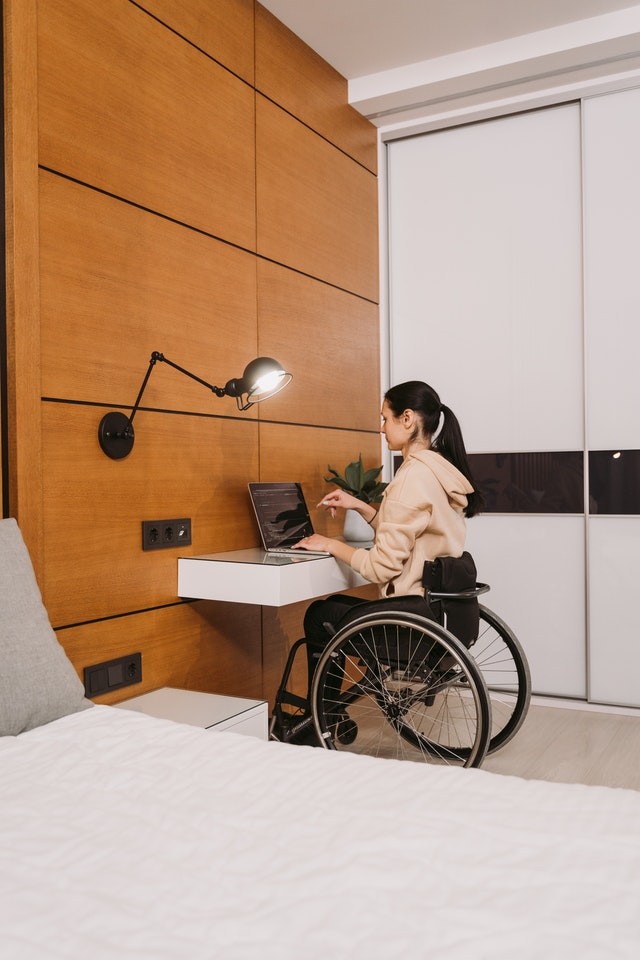Top Tech for Sending a Disabled Child to College

Every parent has nerves when they send their child off to live in the dorms. It's a major transition, and watching your young adult fly the nest is enough to make any mom feel a wave of panic. This may be doubled for you if your child has limited mobility or has been diagnosed with a different disability. But physical limitations do not have to stop them from thriving on campus or in life. They can experience all the typical college moments as long as they have the right resources and assistance.
You also need think about financing your child's college stay. If you don't have enough in savings, you can consider taking out a private parent loan. This type of loan is designed to pay for education, typically offering lower rates over the life of the loan and possibly even skip a payment per year. Once approved, you can use the money to help you child pay for their education and make they time in college as comfortable and successful as possible.
Before even getting ready to move in, performing in-depth research about a school's disability support services needs to be done. Make sure that the dorm is fully wheelchair-accessible and there are other accommodations for students, such as access to bathrooms, elevators and ramps. Once you've found the right school, you can begin looking for dorm furnishings that will make life for your student easier.
Text to Talk
Text-to-talk devices give students an easier way to put their thoughts and ideas on paper. TTS, or talk-to-text systems, are particularly useful for students diagnosed with dyslexia and ADHD. This type of technology can be used on most devices and can also be used on text files and web pages.
Listening Devices
For students who are hard of hearing, assistive listening devices are an effective tool for learning. Listening aids utilize a microphone and a specialized device that enhances sound transmission to the cochlear in the ear. FM systems can also help to reduce background noise, which is effective learning tool for students with language process impairments or autism.
Roomba
Your child also needs all the comforts of home if living in the dorm. In addition to making their room feel like it's their own, they'll need a way to keep it clean. The Roomba vacuum is a perfect investment for this scenario. It's an automated vacuum that cleans the room without having to touch it. How these devices work is they have sensors installed that allow them to navigate the area around them. So, you won't have to worry about it hitting a wall and your child not being able to move it.
Proofreading Software
Since your child is going to be writing papers in college, they're going to need every bit of help they can get. For students with dyslexia or other learning disabilities, proofreading can seem impossible. Luckily, there's a solution to this problem; proofreading software. You may be thinking this type of software is no different than the features you find in Google Docs or Microsoft Word. However, there's a lot more to to these proofreading programs than simply autocorrecting typos and offering word suggestions. There are various types to choose from such as Grammarly, Ginger and Hemingway. Grammarly doesn't just find small errors, it also helps with punctuation, turns passive voice into active and restructuring of sentences. While you need to invest in Grammarly Premium to access these features, it's worth the $30 a month if it means giving your child the extra help they need to thrive in college.
© 2024 ParentHerald.com All rights reserved. Do not reproduce without permission.
* This is a contributed article and this content does not necessarily represent the views of parentherald.com
